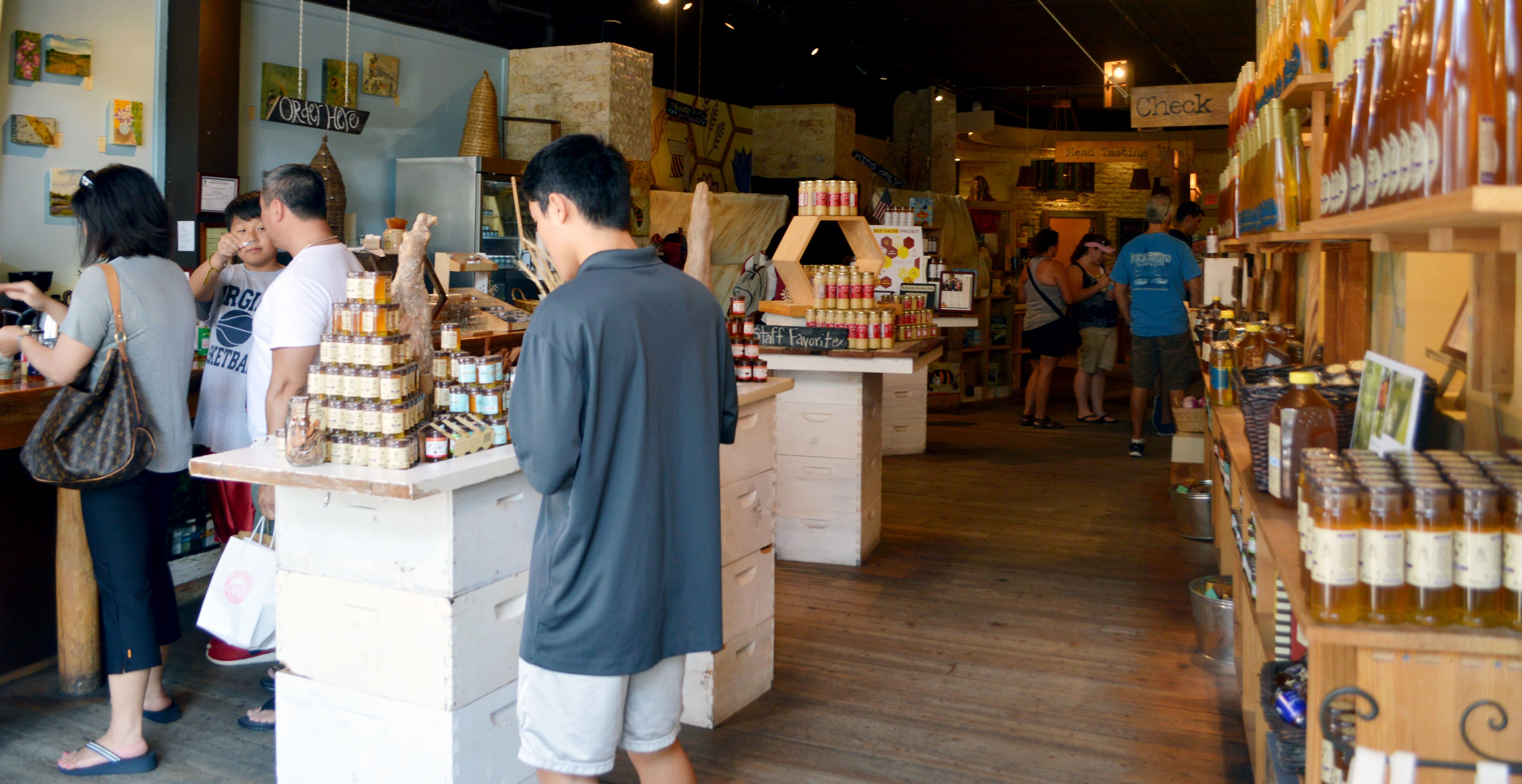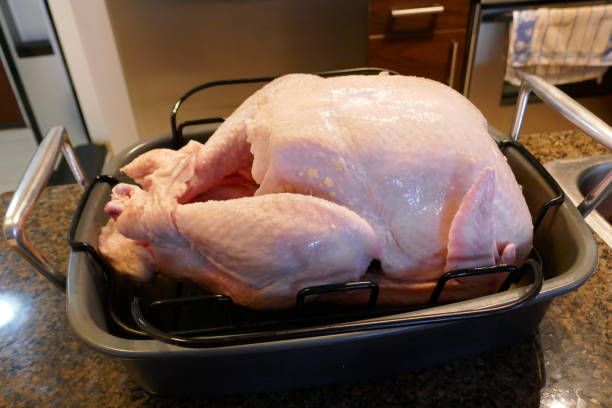A Look into Savannah Bee Company

The moniker for honey, “liquid gold” points to its rich texture and glistening translucent sheen. If you’re like me, you revel in the taste of a spoonful of drippingly sweet, local honey. One of the iconic producers in the South is the Savannah Bee Company, founded by Ted Dennard, who deems himself as a “honey sommelier. The company’s mission stretches beyond providing sinfully delicious jars of honey, as Dennard wants to spread education about honeybees. In honor of National Honeybee month, Dennard shares what makes Savannah Bee Company’s honey shine.
DSC_5727
Our honey comes from the regions where the flowers grow most abundantly. Differences in honey come not from the bees, but the types of flowers they collect nectar from. Honeybees collect mono-floral, meaning honey from one flower. We have local honeys like Tupelo from Southwest Georgia and North Florida, but we also support international beekeepers, like selling our Acacia honey from Italy. Our goal is to find the best honeys in the world, not just push whatever is closest to us.
What are common misconceptions about beekeeping?
The most common misconception is that honeybees are aggressive, but the truth is, they don’t want to sting you because they lose their stinger and die. We get stung pretty regularly, but that is usually our own fault.
There is a myth that honey never goes bad. Is that true?
Yes- Honey kills bacteria and is the only food that never spoils. From a product standpoint, it really is a simple food to work with.
Describe the honey bottling process.
Our bottling process is simple, we strive to treat the honey as gently as possible. We have stainless steel tanks that we fill from the barrels of honey we’ve sourced. From there we pump the honey through a strainer and then through a filter that gets out any specks but doesn’t remove all the pollen. Then the honey goes to our bottling machine. Just two years ago we bottled everything by hand, but now it is mechanized.
How much honey does Savannah Bee Company produce per year?
We fill and sell about 700,000 containers a year, which is roughly 350,000 pounds of honey.

How has the business grown since 2008?
Our people and our processes have improved, which has created a platform to help the growth of around 300 percent in sales since then. Opening our four retail stores helped keep us growing, and we have really fleshed out the health and beauty side of the business.
What's the future hold for Savannah Bee Company?
I really want to begin to do more exporting of our products to help fulfill one of our dreams of being a small company that sells globally. We’ve dabbled in the mead business and I would like to see that become a new business unit that stands next to our honey and health and beauty units.
The flagship store is in historic downtown Savannah. What makes the store special for visitors and honey lovers?
The Honey tasting bar is such a unique experience- we have a staff of beekeepers that educate our guests on the different honey varietals. Everyone leaves happy and a little more knowledgeable about the honey world. The mead bar at Broughton Street is Savannah’s first mead tasting room. Our educators can teach you all about the different types of mead as well as how they’re made.

A few spots to find Savannah Bee Company’s honey in Atlanta:

Did you know?
- Chewing honeycomb or eating local honey offsets pollen allergies and treats asthma.
- A spoon of honey helps soothe sore throats and subsides coughs.
- Honey can be used on your skin to treat burns, eczema and it prevents scars. Just dab a bit on the affected area and apply a bandage.

